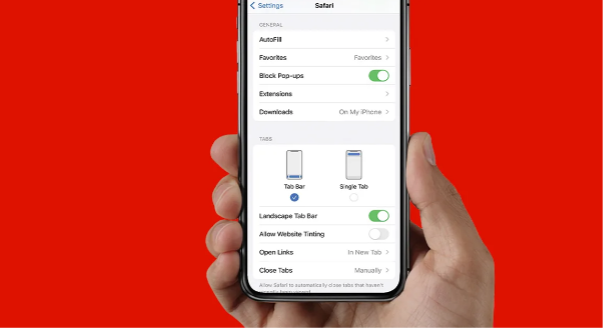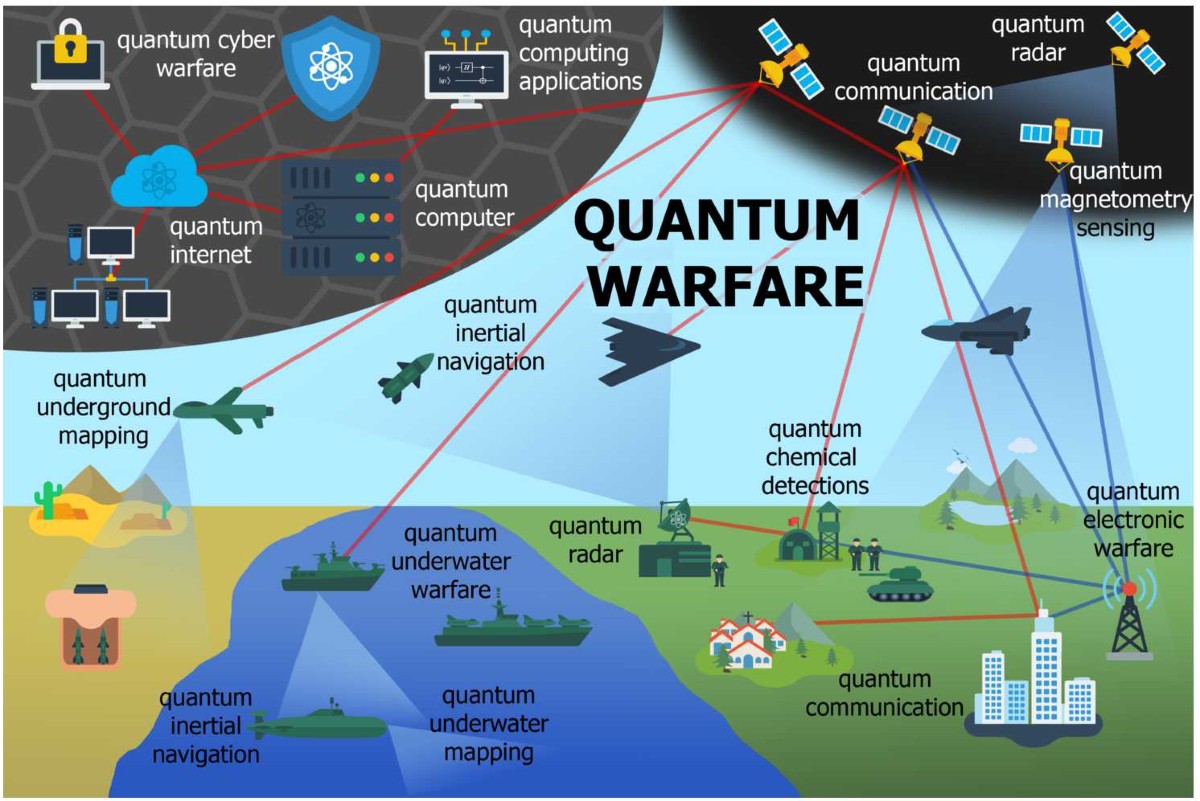In the ever-evolving landscape of software architecture, new frameworks and technologies often emerge to address limitations of older systems or to adapt to changing business needs. One such advancement is SOA OS23, a concept that’s gaining traction among enterprise architects and IT professionals. But what exactly is SOA OS23, and why should it matter to organizations in today’s digital age?
Understanding SOA OS23
SOA stands for Service-Oriented Architecture, a design approach that structures software as a collection of interoperable services. These services are self-contained units of functionality that communicate over a network using standardized protocols. SOA has been around for decades, but OS23 represents a new iteration or evolution of this concept—integrating modern principles, tools, and requirements into the SOA paradigm.
The “OS23” in SOA OS23 does not refer to a specific operating system. Instead, it symbolizes the 2023-oriented standard—a contemporary take on SOA that addresses the needs of cloud-native environments, hybrid infrastructures, and real-time data-driven decision-making. In short, SOA OS23 can be seen as SOA for the modern digital enterprise.
Core Features of SOA OS23
SOA OS23 builds upon traditional SOA with enhancements that reflect current technology trends. Here are some key features that distinguish it:
-
Cloud-Native Integration: SOA OS23 is designed with the cloud in mind. It emphasizes microservices, containerization, and orchestration platforms like Kubernetes. This allows businesses to deploy, scale, and manage services more efficiently.
-
Event-Driven Architecture (EDA): Unlike traditional SOA, which is often request-response-based, SOA embraces event-driven models. Services can react to real-time events, improving responsiveness and supporting automation.
-
Enhanced Interoperability: Modern APIs, such as REST and GraphQL, are fully integrated. SOA OS23 supports better cross-platform communication and is well-suited for diverse environments including IoT, edge computing, and mobile systems.
-
Security and Governance: With the rise of cybersecurity threats, SOA incorporates robust security protocols, identity management, and policy enforcement mechanisms at the service level.
-
DevOps and CI/CD Friendly: SOA aligns with DevOps practices, supporting continuous integration and deployment pipelines. It simplifies version control, testing, and rollback of individual services.
Why SOA OS23 Matters
Adopting SOA OS23 offers numerous benefits, particularly for medium to large organizations dealing with complex, distributed systems. Here’s why it matters:
1. Modernization of Legacy Systems
Many businesses still rely on legacy applications that are difficult to maintain or scale. SOA provides a pathway to modernize these systems without complete rewrites. Legacy functions can be wrapped as services and integrated into newer platforms, extending their usability and value.
2. Scalability and Flexibility
With the rise of cloud computing, organizations need architectures that scale dynamically. SOA enables this by promoting loosely coupled services that can be scaled independently. This means better performance and cost efficiency.
3. Faster Time-to-Market
By breaking applications into reusable components, development teams can work in parallel, accelerating the build and release process. SOA OS23’s compatibility with DevOps tools also shortens delivery cycles.
4. Better Resilience and Fault Tolerance
In SOA OS23, services can fail independently without bringing down the entire system. Combined with monitoring and self-healing mechanisms, this results in more reliable systems—essential for mission-critical applications.
5. Supports Digital Transformation
Whether it’s adopting AI, integrating IoT devices, or implementing big data analytics, SOA OS23 provides the backbone for seamless integration. It allows businesses to adapt and evolve in an increasingly connected and data-driven world.
Challenges and Considerations
While the advantages are compelling, implementing SOA is not without challenges. Organizations must invest in upskilling teams, redesigning existing applications, and possibly overhauling their infrastructure. There’s also the risk of service sprawl—too many services without adequate governance can lead to complexity rather than simplification.
Additionally, monitoring and securing a distributed environment require advanced tools and a mature IT strategy. However, with proper planning and phased implementation, these challenges can be effectively managed.
Conclusion
SOA OS23 is not just another tech buzzword—it represents a meaningful evolution in how businesses build and manage software systems. By combining the foundational principles of SOA with modern architectural best practices, it enables organizations to create agile, scalable, and resilient applications.
For companies aiming to stay competitive in a digital-first world, understanding and embracing SOA OS23 can be a critical step toward long-term success. It’s not merely about adopting a new architecture—it’s about preparing your technology landscape for the future.











